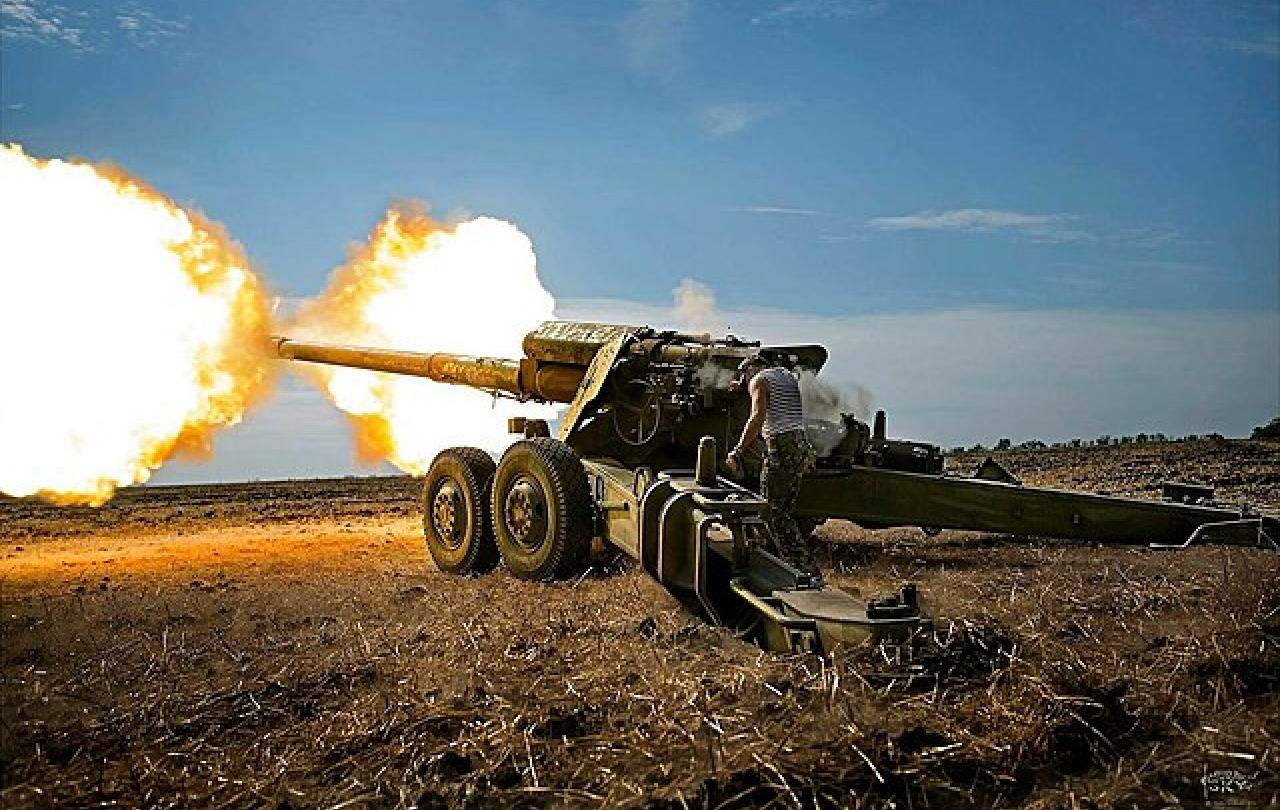
Recently, I found myself sitting quietly at a cathedral buzzing with tourists, reflecting on demanding global developments and uttering a few words of prayers, not for world peace, but for guidance on how I should live my own life amidst all these.
Today’s world is a brutal reminder of timeless truths about the human condition, about continuum of violence and aggression in human affairs, about exclusion and marginalisation of the ‘other’ amidst economic downturns, about how fragile peace and prosperity are, and how the future might not always be better than the past.
There is a bitter realisation that there is no clear end ahead of us in the near future to this war of choice by Russia.
As I write these lines, Russian forces continue their brutal invasion of Ukraine, killing tens of thousands, forcing millions out of their homes, destroying town after town, and intentionally pursuing a scourge earth policy to destroy the habitability of towns and cities and sustainability of life. Ukrainians continue to bravely advance their counter offensive to push Russian forces as much as possible, while NATO leaders gear up for a summit in Lithuania in July, which will assess and discuss future support to Ukraine. There is a bitter realisation that there is no clear end ahead of us in the near future to this war of choice by Russia. Some sort of ‘frozen’ peace might be achieved by stopping or reducing violence, but no matter what Ukraine needs our prolonged support to ensure it does not face yet another wave of invasion a few years down the line. This is why even President Macron, who has been cynical about NATO, is now talking about Ukraine’s membership to the alliance as lesser of all of the risks ahead of us.
We have entered a new era, that is not simply just about Ukraine. For the last decade we have seen a major shift in global affairs as not only world’s two major powers, US and China, increasingly saw each other as a competitor and threat against national interests, a long list of medium-sized powers actively used force in invading other countries, or pursuing proxy wars and meddling into politics of other countries. From cyberwarfare to a new era of espionage to attempts at influencing other nations and altering trajectories of their politics, investments into a new generation of nuclear weapons and increasing of nuclear stocks to major investments into defence, most states in the world are gearing towards a decade of instability ahead of us.
Thus, it is not surprising that Sweden and Finland gave up historic policies of neutrality and decided to join NATO, or that Japan is pursuing a historic investment into its defence in a break away from its historic stand, or that China is going to double (or more) its nuclear stocks by 2030, or that even France is about to undertake a historic level of investment in its defence. The list goes on. All of these happen within a context of genuine existential risks to our existence. Like climate change, there are the domino effects of conflicts into our lives from faraway places. From energy prices, to food shortages, to disruption of trade and electronic parts, to new technologies like AI raising all sorts of ethical and practical questions and risks. There are hundreds of millions of human beings living in geographies and countries that are not able to care, provide and protect and give them a sustainable and meaningful life. Irregular migration, named ‘illegal’ in today’s tabloid language, is only increasing across the world, with only a small percentage ever making it to UK or Europe. Human beings do not simply leave their lives behind and take clear risks if they do not feel they have to.
We are far from being the first-generation processing news of wars and conflicts.
All of these are overwhelming realities, ones that we cannot simply ignore. It is normal for us to feel guilty as our daily lives continue in relative peace and property compared to millions of others out there, and it is normal for us to feel helpless and at times despair about all these developments that are clearly out of anyone’s control.
But as I sat there in the cathedral, I could not help but think that this is not the first time the world has gone through such a convergence of insecurities, and unlikely to be the last time, and that we are far from being the first-generation processing news of wars and conflicts and seeing nations take aggressive postures against one another. I thought about so many heroic figures across history that stood up for truth, for peace, for reconciliation, for justice in such moments and so many heroes that gave their lives to defend us against those seeking to harm us. Their legacies remind us that we all have a decision to make, a stand to take and a role to play in such historic moments. On my part, I am all aware of my limitations, and at times feeble attempts to be part of conversations that point towards solutions. I am also all aware of the deep darkness out there, but also as a Christian, a gentle hope that lies within it. The light shines into the darkness, and the darkness has not overcome it. The promise I find in the figure of Christ on the Cross is not an escape to another world, but embracing of the only one we have here and now, in prayer that all of our efforts could together amount to something much bigger than we realise. As TS Eliot put it, for us there is only trying, the rest is not our business!




